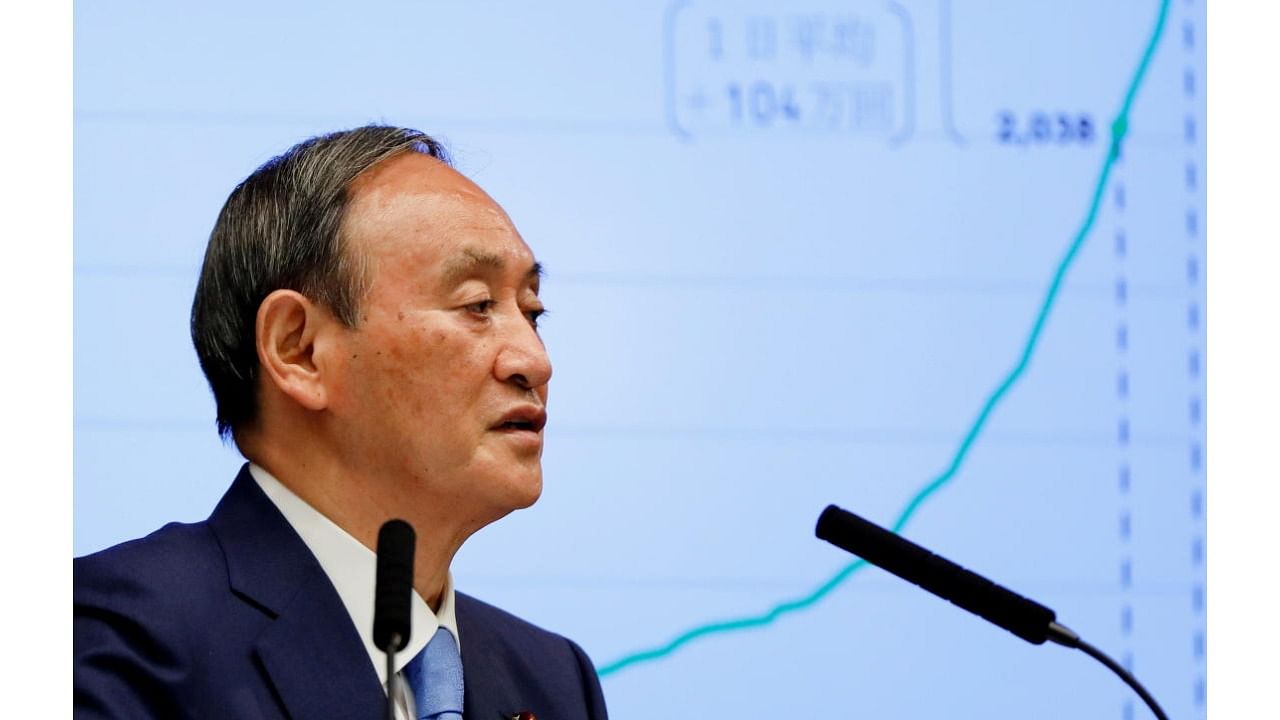
The campaign to become Japan's next prime minister kicks off on Friday, with four candidates vying for leadership of the ruling party in an unusually close race.
The candidates include two women hoping to lead a country that has never had a female prime minister, though both are considered long shots.
The race follows Prime Minister Yoshihide Suga's shock announcement last month that would not run for head of the ruling Liberal Democratic Party.
Whoever the party picks in a September 29 vote will become prime minister and contest a general election that has to be held by late November.
As the LDP is expected to retain power, its leader is likely to be the person leading the world's third largest economy in coming years, and will face challenges from dealing with China to tackling climate change.
While outspoken vaccine chief Taro Kono leads public opinion polls on who should be Japan's next leader, the result is far from clear-cut because most of the party's major factions are not backing a candidate.
"In this race, given that the factions aren't endorsing anyone officially, it's kind of a free-for-all," Tobias Harris, senior fellow for Asia at the Center for American Progress, told AFP.
"It's hard to say that there's really a true front-runner."
Kono's main competition is expected to come from ex-foreign minister Fumio Kishida, who heads a large LDP faction that will back him in the race.
The two other candidates in the race are vying to become Japan's first female leader, but both divisive right-winger Sanae Takaichi and former gender equality minister Seiko Noda are believed to be long shots.
The voting on September 29 will be over two rounds, if needed, with 383 lawmakers and an equal number of rank-and-file members voting in the first instance.
But the close race makes it unlikely a candidate will secure a majority. In that case the top two move to a second round involving 383 lawmakers and one party representative from each of Japan's 47 regions.
The race is unusually hard to predict because factions that often vote as blocs are this time largely leaving members to vote as they choose.
"Insiders are ultimately going to make or break the winner," Harris said, adding that Kono's popular support means that he "probably has the edge, but if he has a lead, it's a very vulnerable one".
The race was thrown wide open after Suga, whose approval ratings have tanked partly over his government's pandemic response, announced his resignation after just a year in the top job.
Suga took office in September 2020 after Japan's longest-serving prime minister Shinzo Abe resigned for health reasons.
Suga's term has been marred by worsening waves of Covid infections and repeated rounds of restrictions, with the Tokyo Olympics failing to boost his popularity.
His short term has led some to wonder if Japan could return to the "revolving door" of leaders seen before Abe began his second term in 2012.
Since World War II, only five politicians have hung onto the prime minister's office for five years or longer.
Check out latest DH videos here: